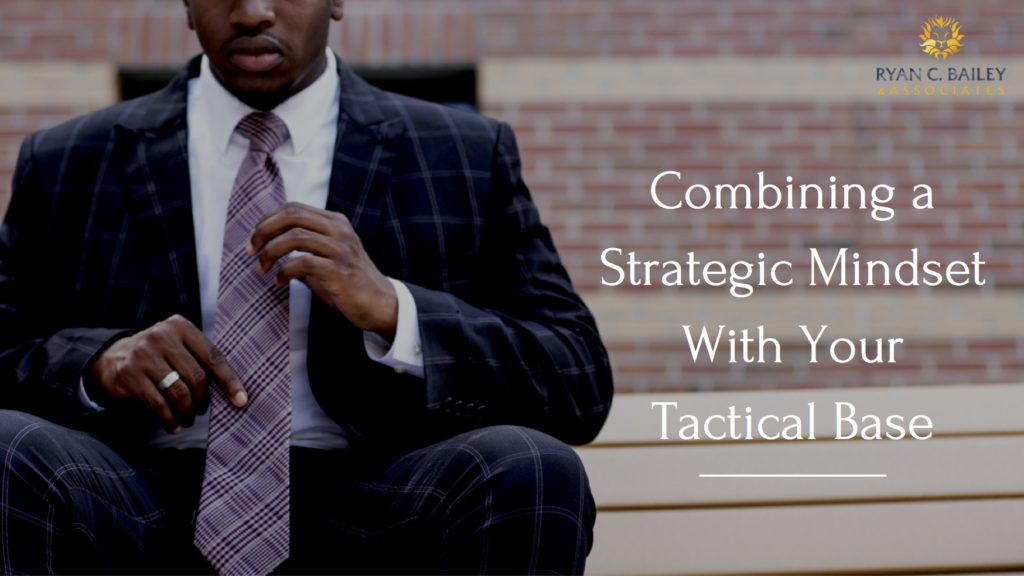Congratulations! You are transitioning into a new company and a new role as a C-Suite executive. For the first few days, you’re likely to be swamped in a flurry of welcomes and introductions, mandatory trainings, and IT set-up.
But after that, then comes the real action. Time to get down to business.
...right?
Maybe not quite as much. Companies are finding that their onboarding processes fail to set up their new CxOs for success. Why? Onboarding almost never addresses intangibles like culture, politics, and relationships. If you aren’t given clear knowledge on these items, you may struggle to effectively manage your team, make successful decisions, or garner buy-in for your decisions. For example:
Will your firm stick to tradiition, despite the appearance of a promising but novel business idea? (This might be good to know before you pitch your promising but novel business.)
Your firm might provide you with a company card, but what if the CFO looks down on you for flying first class instead of economy? (And what if the CFO is one of the first people you need to ask for clearance on a high-investment project? This specific scenario may not happen, but other similar faux pas happen frequently.)
How do you address conflict? The plaque on the wall says your firm values “open honesty”, but your team historically has addressed conflict passively.
Who in the firm has real decision-making power? The director? Or the administrative assistant who stands behind the director?
Without knowing the answer to questions like these, new CxOs quickly find themselves tangled in an invisible web of red tape, maneuvering, and strategic and operational mishaps. Nearly half of new CxOs fail within their first 18 months. The reason? “A poor grasp of how the organization works,” said 70% of respondents in a global survey of 500+ chief executives. Another 65% said, “Cultural misfit.” The third reason listed by 57% of respondents said, “Difficulty forging alliances with peers.”
The question then is: how do you successfully transition into a new team and a new culture as a CxO? How do you manage, communicate to, and incentivize your new team? How do you adjust to the micro-culture within your department? How do you know what key stakeholders really value? Here are 7 actionable tips to get you started.
Set relational goals.
Frankly, the only way to learn about a company’s intangibles is to immerse yourself in them. That means connecting with your firm’s people. (If you’re an introvert, this also means going slowly and steadily and scheduling plenty of re-charge time for yourself. If you’re an extrovert, this means evaluating who talks more in the meeting: you or them? You can’t learn without listening!)
You may be set up for some mandatory meetings within the first couple weeks. But create your own goals for the first 90 days of employment. While you yourself may not need the full 90 days to feel situated, others might. Keep in mind those who are naturally reserved or shy. And remember that you are about as high in the company as you can go. Unfortunately, unless your company’s culture is truly unique, those around you will likely feel a power differential which can only be overcome by boosting familiarity, predictability, and mutual trust.
Organize in the way that works best for you:
Consider organizing by type of interaction: informal and formal, spontaneous and planned. For example, every week, plan to have:
3 lunches
10 hallway conversations
1 team meeting
3 one-on-one’s
Consider organizing by role. If you have an organization chart, use that to guide you. For example, every week, plan to have:
5 meetings with direct reports
2 meetings with other C-Suite executives
2 meetings with Board members
1 meeting with someone from HR, finance/accounting, IT, R&D, and Supply Chain each
Consider organizing by time. For example, plan to interact with people for:
30 minutes each Monday
1 hour each Tuesday
3 hours each Wednesday
30 minutes each Thursday
3 hours each Friday
Lastly, remember that you cannot only gravitate towards those who are like you or those who make you feel welcomed. In order to effectively grasp your firm’s culture and politics, you need to talk especially to the marginalized, underrepresented, and introverted to see their view of the company as well. Otherwise, you may find yourself in an unhelpful echo-chamber.
Plan your meeting content.
What do you actually discuss in meetings? Asking questions around someone’s family and recreations is a great place to start for casual conversations. Learning about someone’s life - both outside of work and before you met them - helps build trusting relationships authentically.
You may also want to target your conversations for your transition. Consider these questions:
With your direct reports:
“Where did you work before here? How well did you like those jobs and companies? What did you like and dislike about them? What led you to work here?”
“What are your career aspirations? Why do you come to work every day?”
“Describe for me the ideal manager.” (Then incorporate what you hear into your leadership! You should ask repeatedly and specifically for constructive feedback, giving spaces to hash out awkwardness and miscommunications. But many employees, especially direct reports, will not initially feel comfortable enough to respond honestly. Use this question for feedback that won’t put your direct reports on the spot.)
“What kind of support do you need? How can I help you succeed?”
“Can you describe for me your personality? How would friends and family describe your personality?”
“What is ‘normal protocol’ in the company? Are there specific ‘correct procedures’ that need to be followed? What is ‘right’ and ‘wrong’?”
With other CxOs and Board members:
“How will success in my new role be defined? How will you know when I’ve adjusted?”
“What is most needed of me in the first quarter, the first year, and the first 5 years?”
“Are there other key stakeholders who may not be obvious? If so, who?”
“What information do I need from you to be able to do the best job I can?”
“Here is what kind of behavior on the board’s part that would best enable me to have a trusting relationship at board meetings, between us, and in one-on-one conversations.”
Create an organization plan.
Before you set off on the above, decide how you are going to track and organize the sudden influx of information. Take a look at the following questions and have an answer prepared for each of them.
How will you track to-do’s?
How will you prioritize them?
How will you track your meetings?
Which meetings have you already had?
Which ones do you still need to have?
How will you know the agenda of each meeting?
How will you track the information you receive in each meeting?
How will you remember everyone’s names the first time and connect key information about them to them?
Work with a Coach.
One of the greatest obstacles new C-Suite executives face is their own eagerness. After all, you were hired for a reason. In the selection process, you likely asked insightful questions and challenged inefficiencies. Now you’re ready to get your hands dirty.
But the intangibles take time. No one can adequately describe the extent of their company’s culture in a day. No one can build high-performing teams in a week. As discussed earlier, taking drastic action before you know your firm’s intangibles can easily result in failure.
You need patience, but you also need to prove that you can take action and make progress on your goals. A good coach will help you nail that balance.
Other benefits? A coach will be key to helping you apply your individual goals to your new role. A coach will also help you navigate any tricky politics you may immediately encounter. And a coach can help level up your team.
Work alongside your predecessor.
Tie up any loose strings with your predecessor and gain some insightful info at the same time. Questions to ask include:
“What worked well? What worked poorly?”
“What were you working on before I came? How will those tasks be completed? Will we be viewed as true partners by the Board? Will we collaborate? Will the tasks be dropped?”
“What is the company accustomed to experiencing from you?” (If possible, take a look at their personality.)
“Who did you normally talk to for issues with [fill-in-the-blank]?”
“What is ‘normal protocol’ in the company? Are there specific ‘correct procedures’ that need to be followed? What is ‘right’ and ‘wrong’?”
You may not be able to fully work alongside your predecessor, but a coffee or lunch is still extremely valuable. If you unfortunately cannot contact your predecessor at all, a mentor or sponsor is your next best bet.
Work with a mentor or sponsor.
Some companies have begun to provide mentors or sponsors to help you learn the intangibles. If you were not given one, ask your hiring team to point you to a long-standing employee, someone who can and is eager to help you understand the answers to any of your questions. (Make sure to thank your mentor or sponsor properly!)
Talk to the CHRO.
The CHRO (assuming that is not you) will be one of your greatest assets in transitioning successfully. (If you are the CHRO, talk to the team that hired you.) Ask your CHRO questions like:
“What attributes do I possess that resulted in me being selected for this new role?”
“What attributes do I still need to develop or enhance?”
“Do you have a clear job description that has buy-in from key stakeholders?” Get as much clarity on areas of responsibility, authority, and decision rights as possible.
“Can I have...
Key information (mission, values, history)
Financial information
An organization chart and contacts list
A list of key acronyms
The resumes of my direct reports?”
“What is ‘normal protocol’ in the company? Are there specific ‘correct procedures’ that need to be followed? What is ‘right’ and ‘wrong’?”
Starting a new job anywhere is exciting! I hope these tips help you succeed as a new CxO. If you have any further questions, please feel free to reach out at megan@ryancbailey.com. Always happy to help.
Megan Koh is a Career Development Coach, with over 7 years of experience in helping others find and achieve their dream jobs. She lives south of Atlanta and is married to her sweetheart Danny.



